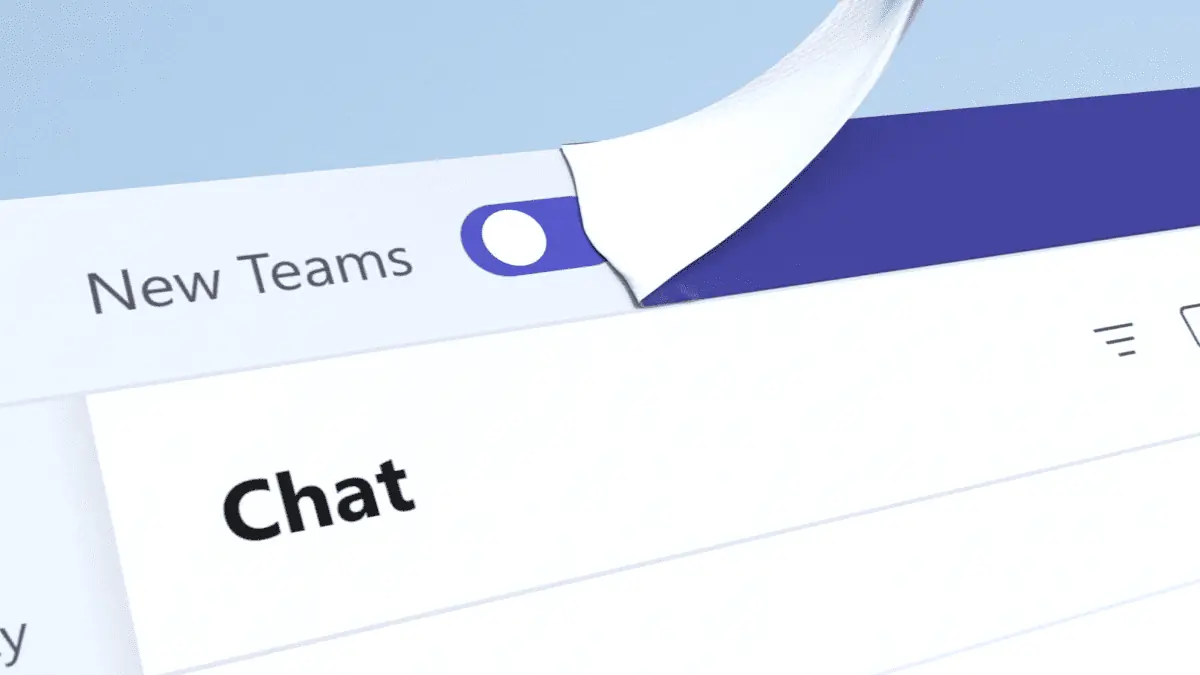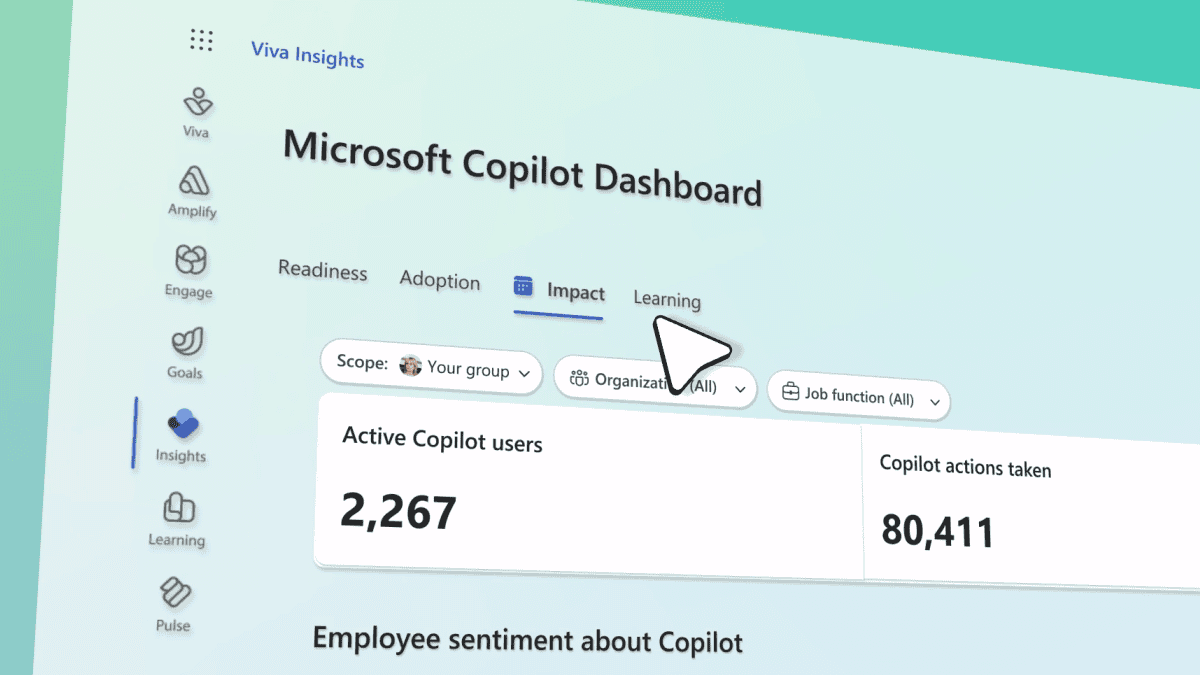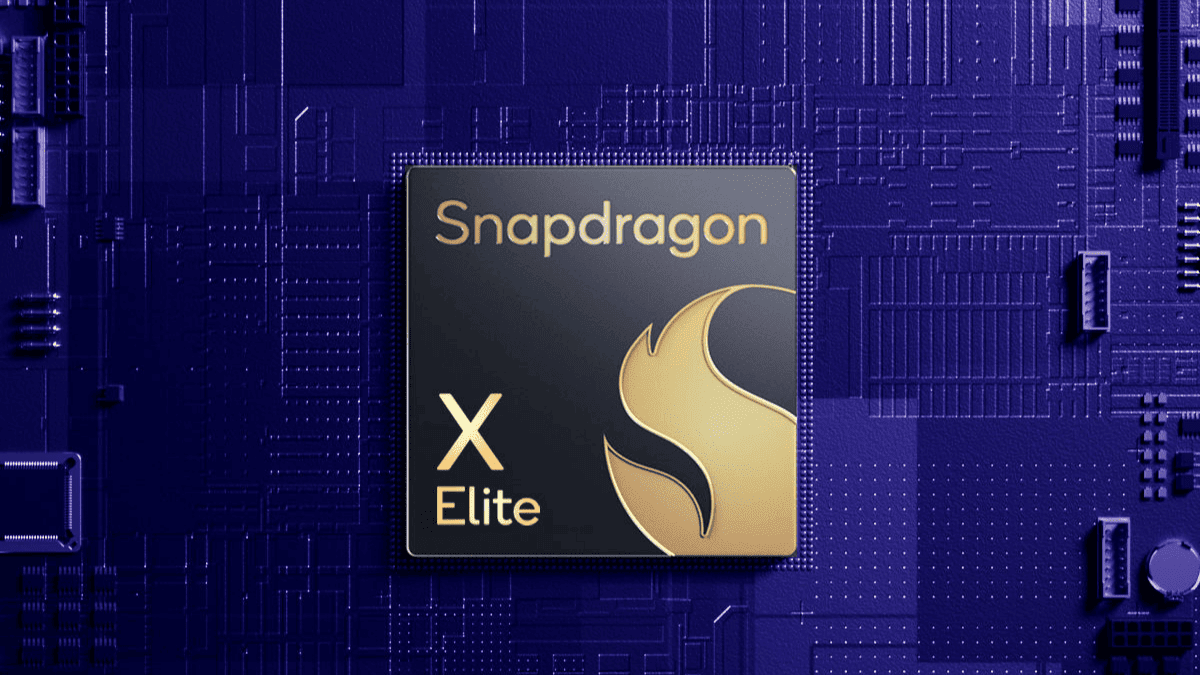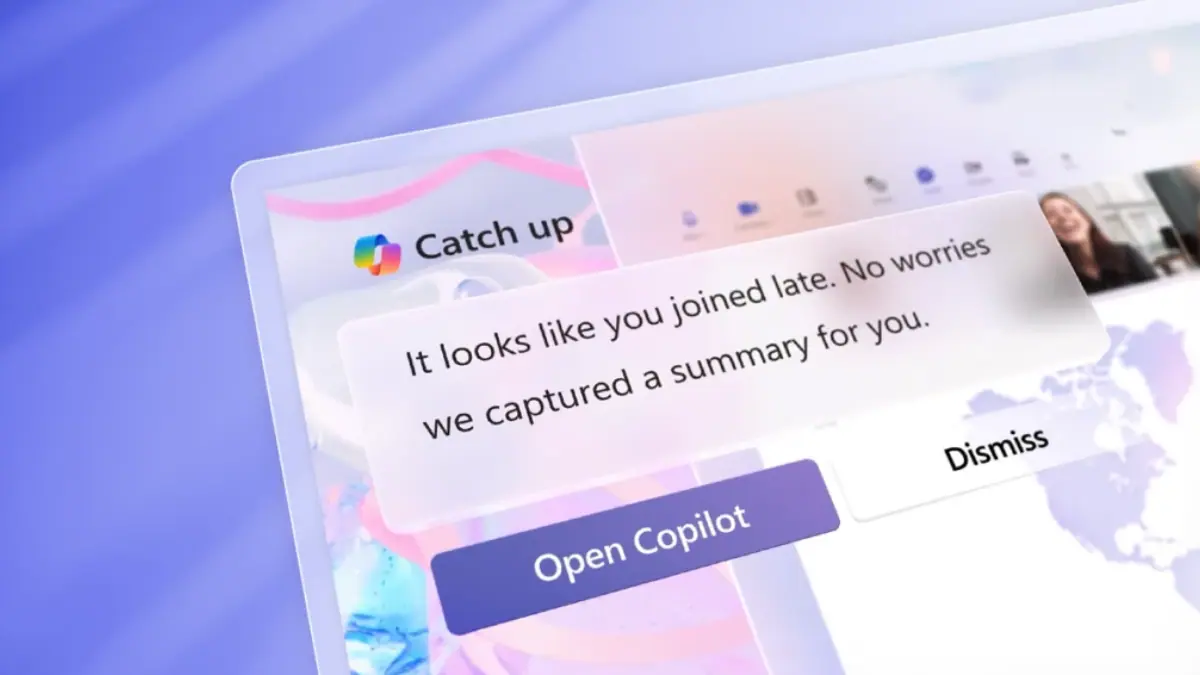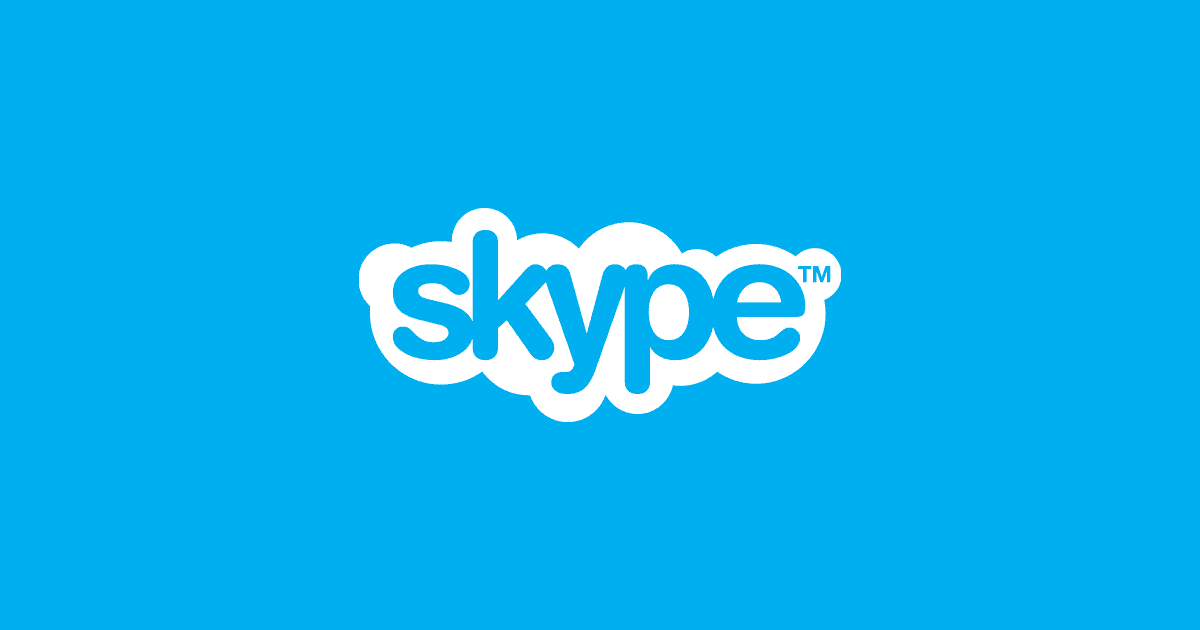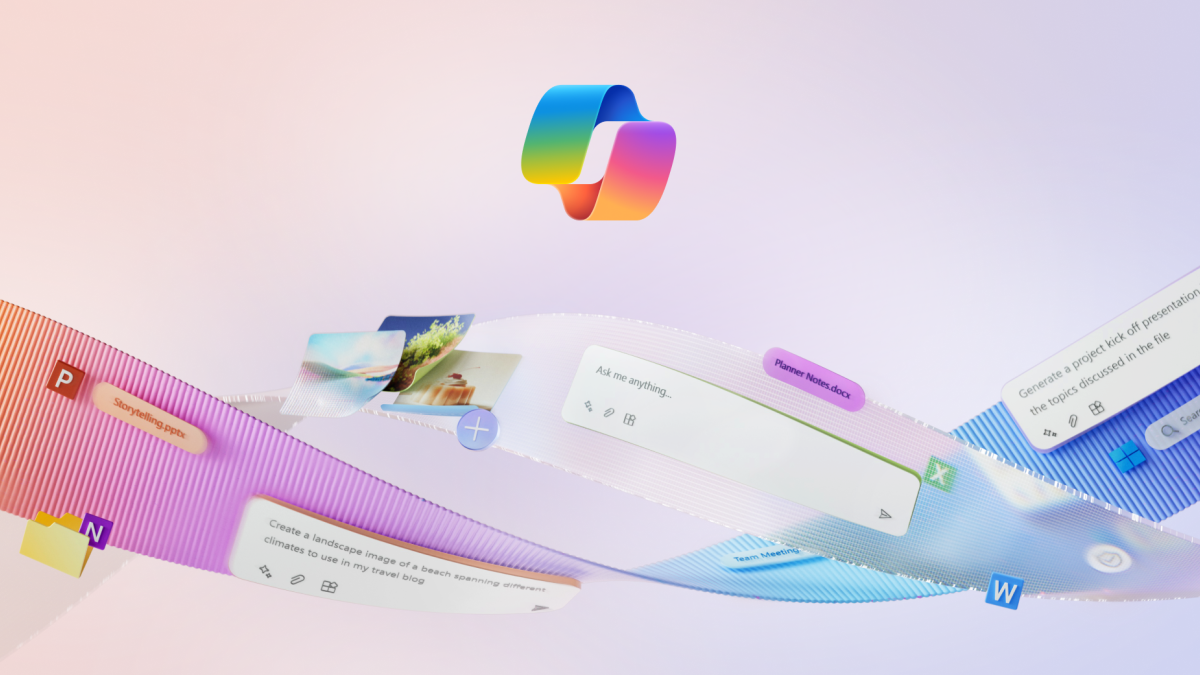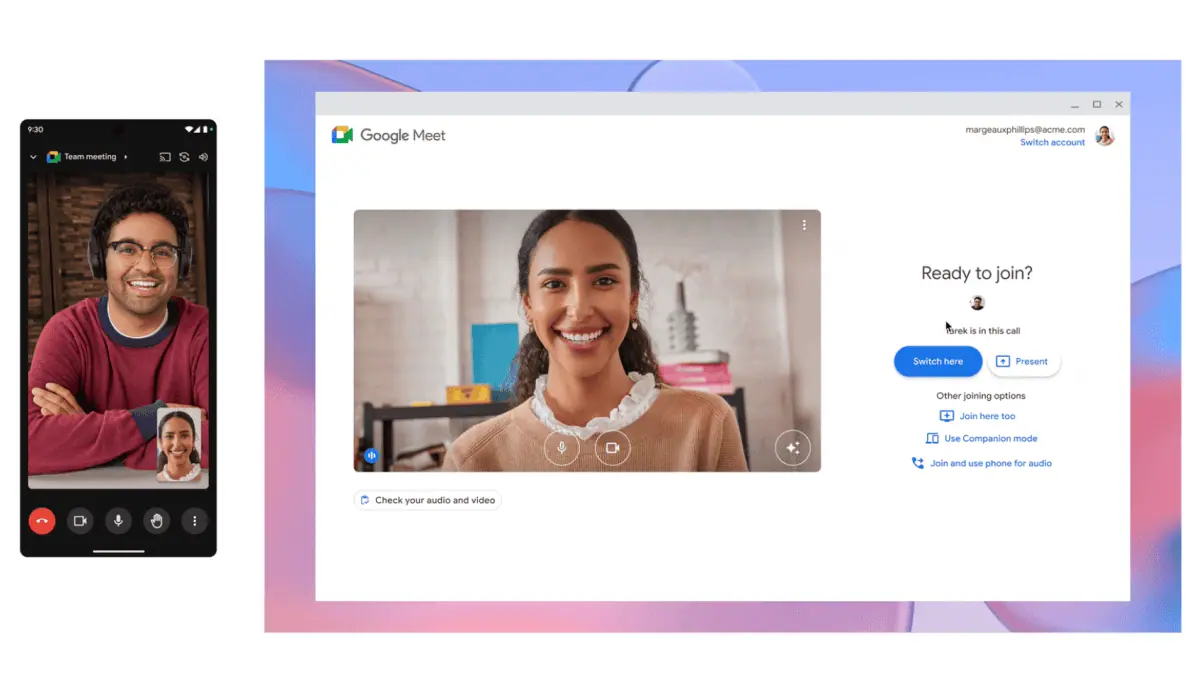With the Purchase of Nokia, Microsoft Buys What It Never Had: Leverage
4 min. read
Published on
Read our disclosure page to find out how can you help MSPoweruser sustain the editorial team Read more
With Nokia shareholders embracing the Microsoft deal this morning, only regulatory approval remains. Many have questioned why Microsoft bothered to blow $7.5 billion on Nokia.
The classic idiom, while often used in another context, comes to mind “Why buy the cow when you can get the milk for free?”
The company was already 100% committed to exclusively making Windows Phone devices, they now control nearly ~90% of the Windows Phone market, and were slowly starting to see some success closing in on 10 million windows phones last quarter. Microsoft claims with the purchase of Nokia they will be able to move at a faster pace. However, I see no real evidence of this; in fact I think the Windows Phone team has been moving at a relatively conservative pace given the competitiveness of the market. As an independent company Nokia had been able to do many things Microsoft was not, paying developers for high-profile apps, paying for exclusive apps, pushing out phones & tablets at a fast pace, creating phones for specific markets, and pushing for features in the platform and through their firmware. As an independent company Nokia had to work hard and be innovative because the future of their company depended on it. The risk of Nokia under Microsoft is a slower paced more complacent company. While it is true that Microsoft was paying Nokia $250 million a quarter, Nokia was also paying a license fee for each handset sold. The net numbers have never been officially released, but it clearly was not costing Microsoft a billion dollars a year.
Regardless, I still think Microsoft made the right decision in purchasing Nokia. As a ‘Devices & Services’ company it is undoubtedly the right strategy. Given Ballmer’s retirement announcement it’s also part of the cost acquiring Stephen Elop and his team. Whether he becomes CEO or not, his insight will be invaluable as head of the Devices division and certainly better suited for the role than Julie-Larson Green. (Read: A Brief Look at Past Statements By Stephen Elop) Microsoft has gains a treasure-trove of patents which will help with its battle against Android.
But with the purchase of Nokia, the most important thing Microsoft buys is Leverage against the telecoms. While this is not as much the case internationally, buying a phone in the US is largely dependent on which carrier you are currently on. Exclusively contracts are the normal. Even you want a specific phone at a specific time, you often have to switch carriers. AT&T and Verizon essentially share a duopoly with exorbitant prices and forced 2-year contracts. Even the iphone was exclusive to at&t for many years. This is slowly changing, as the iphone has become more dominant it is now launching simultaneously on multiple carriers internationally. The Samsung Galaxy line of android phones is doing much the same. Nokia needs to start doing this. While it is understandable that Nokia did this ensure a marketing push from the operators, Microsoft now has more than enough cash to take care of this.
The Windows Phone team also needs to send a big “fu” to the carriers in terms of pushing out updates. For the Windows Phone team to move at a faster pace, updates for the phone need to go out a faster pace. Software updates should bypass carriers completely. Apple does this already, and almost all android phones can be rooted. If unification is truly the goal, windows phone should adopt the Windows Update service.
The carriers have also been dictating when phones get launched. This is why we are seeing so much discrepancy between launch announcements and launch dates. In additions we are seeing the telecoms demanding small little changes on phones which increase production costs. Microsoft can use its muscle to have unified launches across carriers and countries. We need the aggressive Microsoft we used to see in the late 90s.
The integration of Nokia into Microsoft will be a key test for the company. How well it goes may depend on who becomes the next CEO. Another factor is Terry Myerson growing more powerful by the day and it’s unclear at this time if he understands the devices side of the business. I think it was quite telling that longtime time Sinofsky & Ballmer buddy IE head Hachamovitch went into hiding and Belfiore took over part of his role. The Surface design need will also need to work with the Nokia design team. There needs to be a unified family of devices, not two separate hardware design languages. I believe in a year’s time we’ll have answers to this overall discussion and more.


